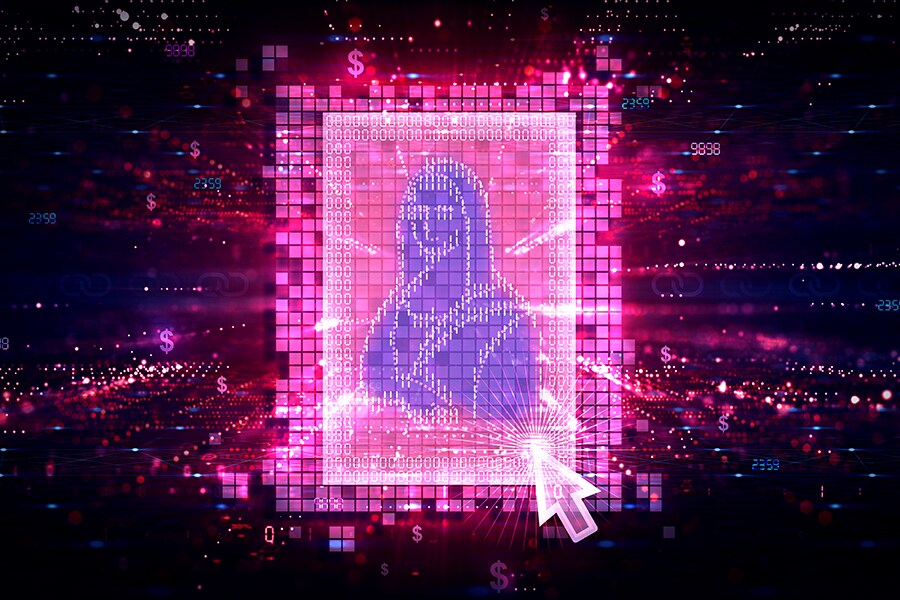
Amid NFT boom, artists worry about climate costs
Most NFTs are currently traded on a platform called Ethereum. Tech watchdog Digiconomist estimates that Ethereum uses as much electricity as all of the Netherlands, with a carbon footprint comparable to Singapore's
 Visual artist vonMash sits in his studio in Springs, South Africa, on February 7, 2022 as he works to create a Non-Fungible Token (NFT) for the online digital art market.
Image: Luca Sola/ AFP
Visual artist vonMash sits in his studio in Springs, South Africa, on February 7, 2022 as he works to create a Non-Fungible Token (NFT) for the online digital art market.
Image: Luca Sola/ AFP
Digital art is nothing new to vonMash, who describes his blend of painting, video and sound as "afro-delic"—a psychedelic twist on Afrofuturism.
But when the South African started thinking about selling his work as crypto-art on a blockchain, he hesitated.
"I'm not fully for it because of the energy consumption that it takes," he explained.
Selling art as non-fungible tokens, or NFTs, uses the same technology as crypto-currencies like Bitcoin. The buyer receives a verified digital token, which proves the artwork is an original.
The boon for artists is that if their work goes up in value and is resold, they receive a portion of every future sale.







